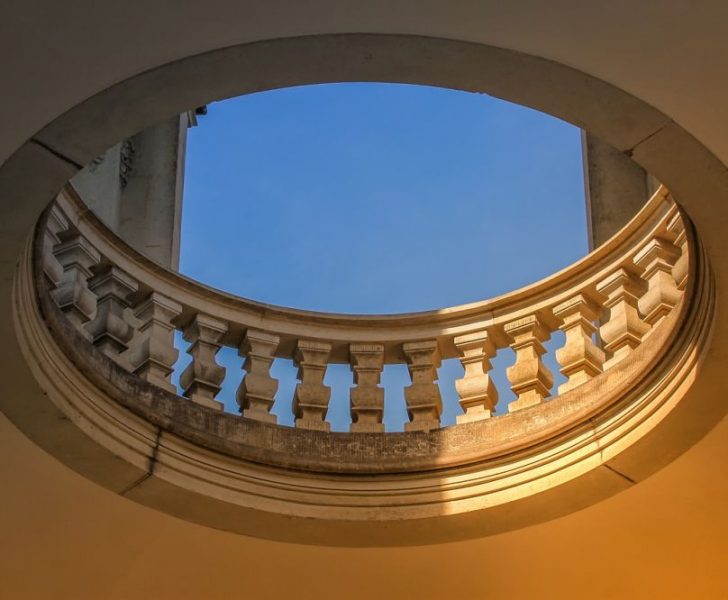Alvar Aalto Buildings: Pioneering Architectural Marvels

Introduction:
Alvar Aalto, a renowned Finnish architect, is celebrated for his innovative and influential works that have left an indelible mark on the field of architecture. His buildings seamlessly blend functionality with aesthetics, creating harmonious spaces that engage both the occupants and the surrounding environment. In this article, we will delve into the world of Alvar Aalto buildings, exploring their diversity, popularity, distinctive features, historical significance, and more.
Delving into Alvar Aalto Buildings: An Overview

Alvar Aalto buildings encompass a wide range of structures, including private residences, public buildings, cultural centers, educational institutions, and even furniture design. Aalto’s unique style, often referred to as Organic Modernism, combines natural materials, fluid forms, and attention to human comfort to create a comfortable and inviting architectural experience. His designs are characterized by the use of wood, brick, and glass, which accentuate the natural surroundings.
Exploring the Diversity of Alvar Aalto Buildings
Aalto’s diverse repertoire consists of iconic structures around the world that showcase his mastery of various architectural typologies. From the breathtaking Villa Mairea in Finland to the awe-inspiring Finlandia Hall in Helsinki, each building reflects Aalto’s vision and creativity. His residential projects, such as the Munkkiniemi-Haaga area in Helsinki, exemplify his expertise in crafting living spaces that seamlessly blend with their natural surroundings, promoting harmony between human habitation and the environment.
Public buildings designed by Aalto, such as the Paimio Sanatorium and the Vyborg Library, highlight his understanding of the importance of functionality and user experience. These structures prioritize the well-being of the occupants, with thoughtful considerations given to lighting, acoustics, and spatial flow. This philosophy is also evident in Aalto’s educational buildings, like the Helsinki University of Technology, which provide conducive environments for learning and collaboration.
Quantitative Insight into Alvar Aalto Buildings
Quantitatively measuring the impact and popularity of Alvar Aalto buildings unveils their significant contribution to architectural history. Aalto’s projects have received numerous awards and accolades, testifying to their enduring appeal. For instance, his design for the Villa Mairea, completed in 1939, continues to inspire architects and enthusiasts worldwide. Additionally, the Finlandia Hall, completed in 1975, attracts visitors from around the globe with its stunning design and cultural significance.
Analyzing the Differences among Alvar Aalto Buildings
While Aalto’s buildings share common characteristics, each project possesses its own distinct features, adapting to its unique context and purpose. For instance, the Paimio Sanatorium stands out with its tubular balconies, ensuring optimal sunlight exposure for the patients. In contrast, the Säynätsalo Town Hall impresses with its brick facade, creating a strong visual presence in its surroundings. Aalto’s ability to customize his designs according to the needs and aspirations of each project showcases his versatility as an architect.
Historical Overview of the Advantages and Disadvantages of Alvar Aalto Buildings
Alvar Aalto’s buildings have stood the test of time, earning a place in architectural history. However, like any architectural style, they have also faced criticism and encountered disadvantages. Aalto’s emphasis on organic forms occasionally posed challenges in terms of structural stability and construction feasibility. Additionally, some critics argue that his designs may not suit all contexts, as their distinctive aesthetic might clash with existing architectural styles.
Conclusion:
Alvar Aalto’s buildings continue to captivate and inspire architectural enthusiasts worldwide. With their organic forms, emphasis on human comfort, and attention to the natural environment, Aalto’s designs have etched their place in architectural history. From private residences to public institutions, his buildings offer an immersive experience that connects people with their surroundings. As we celebrate his enduring legacy, we can also appreciate the ongoing influence and relevance his architecture brings to contemporary design.











